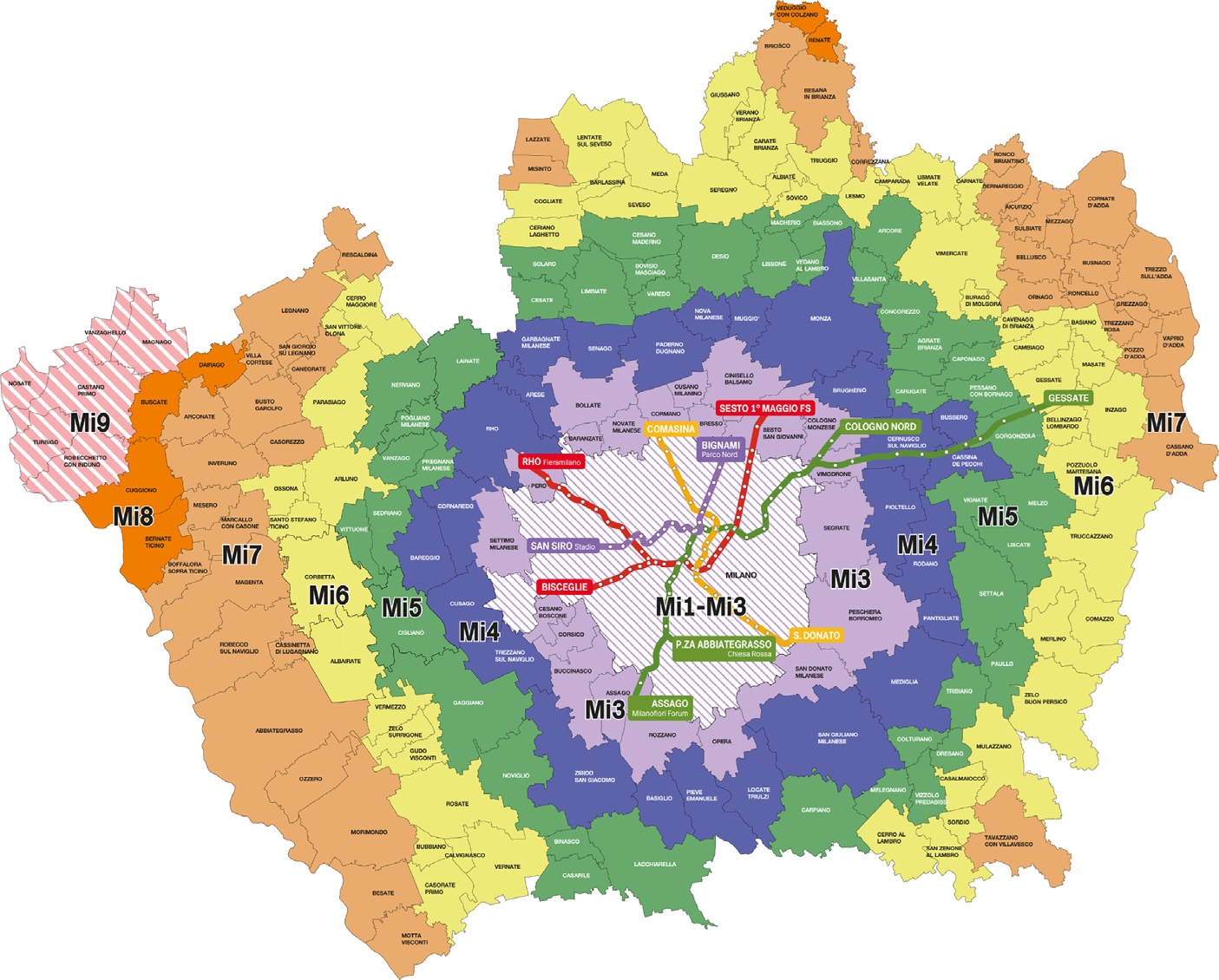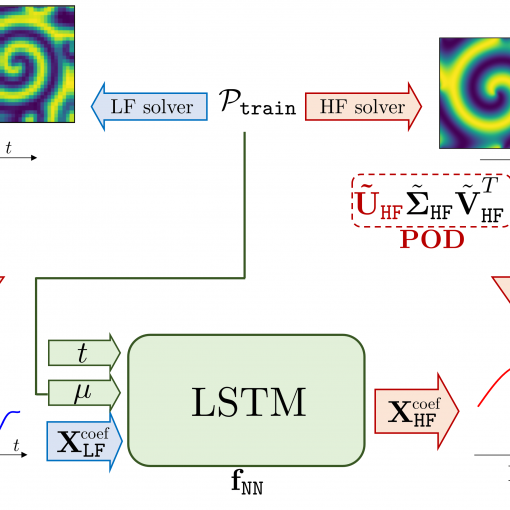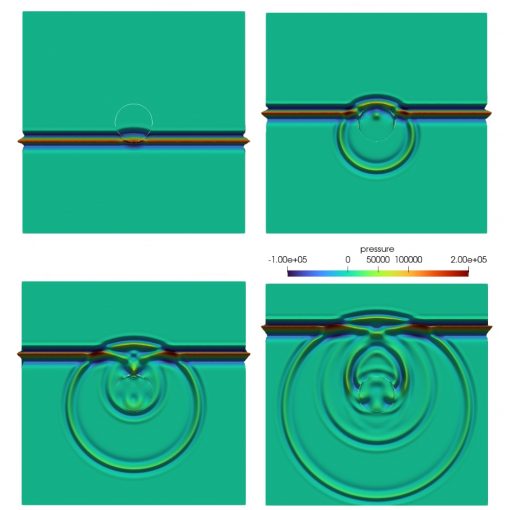A new MOX Report entitled ” Estimation of dynamic Origin–Destination matrices in a railway transportation network integrating ticket sales and passenger count data” by Galliani, G.; Secchi, P.; Ieva, F. has appeared in the MOX Report Collection. Check it out here: https://www.mate.polimi.it/biblioteca/add/qmox/69-2024.pdf Abstract: Accurately estimating Origin–Destination matrices is a pressing challenge in transportation management and urban planning. However, traditional methods like travel surveys have limitations in availability and comprehensiveness, which have been further exacerbated by the recent changes in mobility patterns induced by the COVID-19 pandemic. To address this issue, we focused on the Trenord railway network in Lombardy, Italy, and developed an innovative pipeline to integrate ticket and subscription sales and Automated Passenger Counting data using the Iterative Proportional Fitting algorithm. By effectively navigating the complexities of diverse and incomplete data sources, our approach showcases adaptability across various transportation contexts. Our research offers a valuable tool for operators, policymakers, and researchers, bridging the gap between data availability and the need for precise OD matrices. Additionally, we emphasise the potential of dynamic OD matrices and showcase methods for detecting anomalies in mobility trends, interpreting them in the context of events from the last months of 2022.
You may also like
A new MOX Report entitled “A Necas-Lions inequality with symmetric gradients on star-shaped domains based on a first order Babuska-Aziz inequality” by […]
A new MOX Report entitled “Multi-fidelity reduced-order surrogate modelling” by Conti, P.; Guo, M.; Manzoni, A.; Frangi, A.; Brunton, S. L.; Kutz, […]
A new MOX Report entitled “A review of discontinuous Galerkin time-stepping methods for wave propagation problems” by Antonietti P.F.; Artoni, A.; Ciaramella, […]
A new MOX Report entitled “A staggered-in-time and non-conforming-in-space numerical framework for realistic cardiac electrophysiology outputs” by Zappon, E.; Manzoni, A.; Quarteroni, […]





